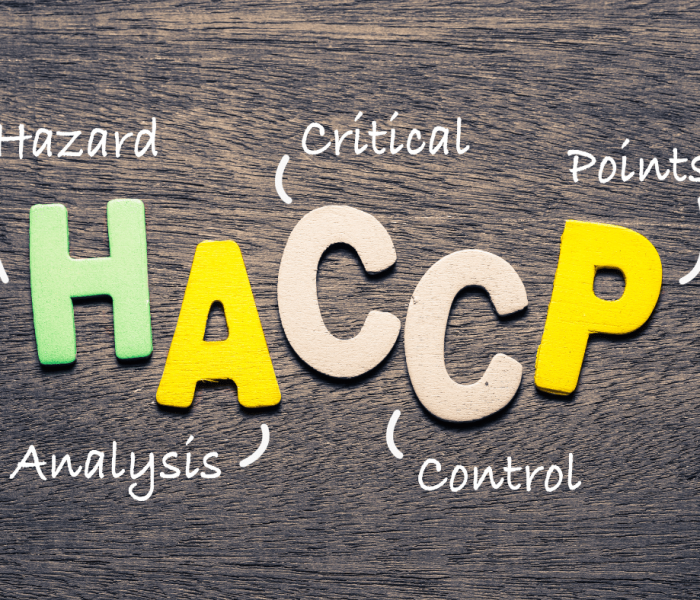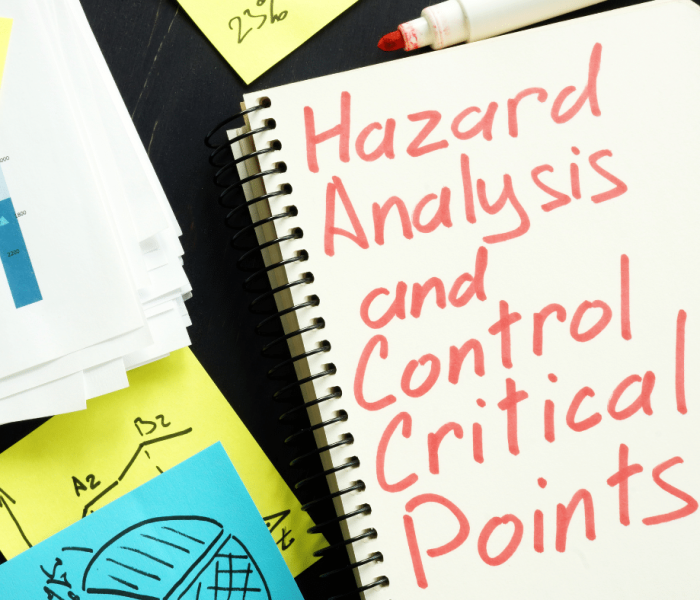HACCP and PCP require organizations (food manufacturers, food transporters, food importers, food storage facilities, and food caterers) to be compliant with certain standards and processes in their system for HACCP certification. Since HACCP is a food safety and quality management system, any firm that is working in the industry must apply for HACCP certification. For the successful accreditation of the certificate, they need to complete HACCP audits.
Process Improvements- HACCP certification helps in improving processes and reducing customer complaints.
Better Understanding- The certification allows a better understanding of issues related to food packaging throughout the organization.
Global Standards- You’ll follow an auditable, clear, global standard to bring together all parts of your Food Safety Management System.
Reduction of Product Recall- Proper implementation of HACCP and PPC setup will reduce product recall, product withdrawal, re-process of food, non-compliance issues, and non-conformances.












